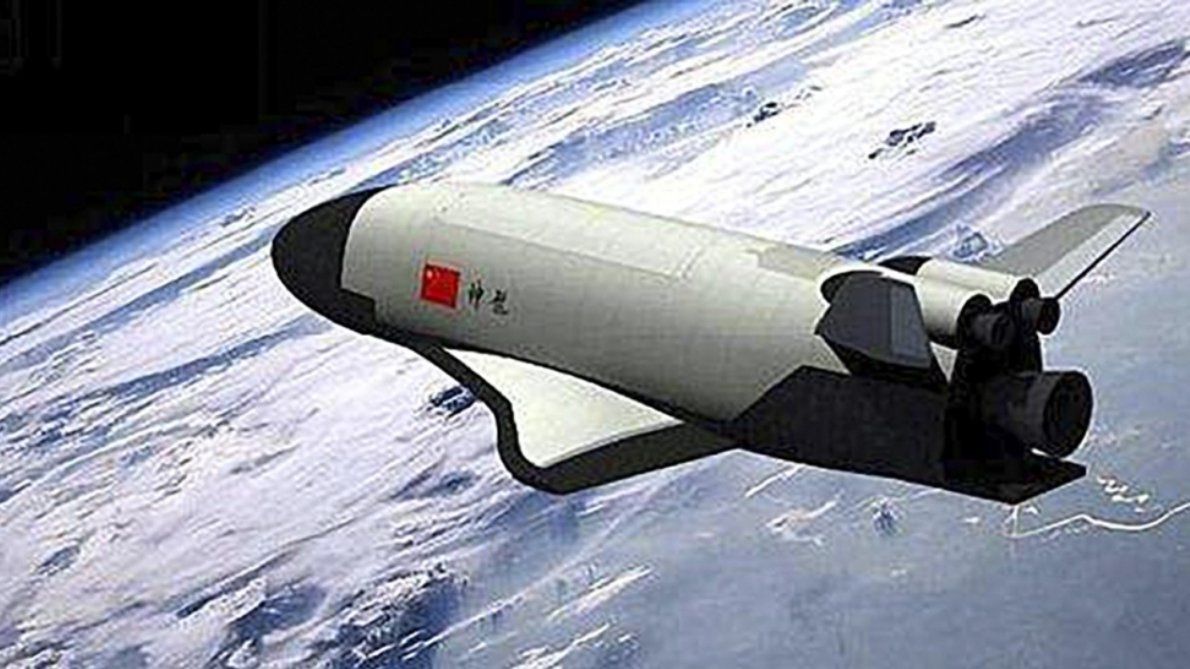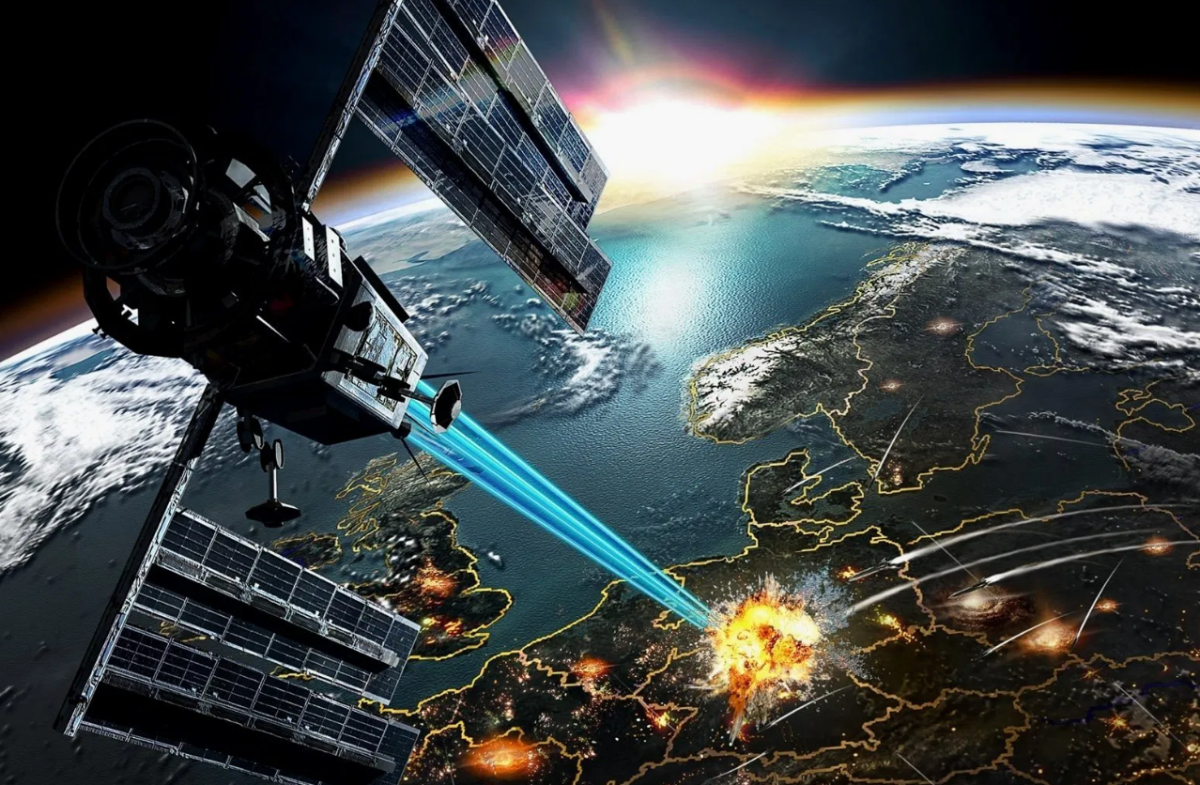Building a 21st-Century Space Force
Article by John W. Raymond December 20, 2020 (theatlantic.com)
• Just after World War II, the US military determined a need for a new independent Air Force military branch to compete with the Soviet Union in developing intercontinental ballistic missiles and reconnaissance satellites, and opening the door for space exploration. Employing a lean, focused team, the US Air Force’s unique culture, identity, and focus allowed its leadership to envision and develop crucial technologies, including stealth, smart weapons and precise global navigation.
• In the past five years, the number of active satellites in orbit has grown from 1,250 to 3,400. By 2023, there will be about 5,000 active satellites orbiting the Earth. The Satellite Industry Association estimated the 2019 global space economy at $366 billion, and Morgan Stanley projects that revenues could top $1 trillion by 2040.
• During this period of explosive growth, Russia and China have made obvious their intention to challenge American preeminence in commercial and military space, raising the prospect of war beginning in, or extending into, space. Early in 2020, Russia positioned one of its satellites dangerously close to an American satellite and then instructed it to execute a series of provocative and unsafe maneuvers. By the summer, that Russian satellite backed away, released a target, and then fired a projectile at that target as a raw display of space combat power. We are still dealing with the fallout from China’s own 2007 anti-satellite test, which left a cloud of space debris that still must be carefully tracked to avoid collision with a wide array of spacecraft, including the International Space Station.
• To deal with these challenges, the United States created a 21st-century military branch, the Space Force. Only by staying lean, agile, and tightly focused can Space Force succeed. Speed is a hallmark of our deliberately lean new service to rapidly design, test, and employ new technologies and innovations. Space Force headquarters at the Pentagon will have about 600 military and civilian members in a building that houses more than 20,000 Defense Department employees. We’ve removed several layers of command structure and bureaucracy, and moved leaders closer to the front lines to shorten communication pathways. This is especially important for a service so heavily reliant on technology.
• Space Force’s creation came one year after the Pentagon crafted a new National Defense Strategy designed to pivot toward ‘great-power competition’, and away from the counterterrorism focus of the past two decades. Space Force’s goal is to enhance American military power as space systems assume an ever-greater role in the missions of the Army, Navy, Air Force, Marines, and Coast Guard which depend on space for navigation and communication to strike targets with precision and lethality. By staying lean and focused, Space Force can address the challenges that lie ahead, out-competing adversaries, deterring conflict, and keeping Americans safe.
• The article’s writer, General John W. Raymond, is the first chief of space operations for the United States Space Force.

Early in 2020, Russia positioned one of its satellites dangerously close to an American satellite and then instructed it to execute a series of provocative and unsafe maneuvers. This summer, that satellite backed away, released a target, and then conducted a weapons test, firing a projectile at that target. This raw display of space combat power was carefully designed as an act of intimidation, right out of the 1950s Soviet playbook.
Over the past five years, space has become a contested commercial and military realm. During that time,

the number of active satellites in orbit has grown from 1,250 to 3,400. By 2023, there will be about 5,000 active satellites orbiting the Earth. The Satellite Industry Association estimated the 2019 global space economy at $366 billion, and Morgan Stanley projects that revenues could top $1 trillion by 2040. During this period of explosive growth, Russia and China have made obvious their intention to challenge American preeminence in commercial and military space and to prevent the U.S. from using its space capabilities in crisis and conflict, raising the prospect of war beginning in, or extending into, space. We are still dealing with the fallout from China’s 2007 anti-satellite test, which left a cloud of space debris that even today must be carefully tracked to avoid collision with a wide array of spacecraft, including the International Space Station. The consequences of a full-blown war in space would be far worse.
A year ago, to deal with these challenges, the United States created its first new independent military branch in more than half a century. The U.S. Space Force, which I am privileged to lead, is a new kind of service. The Space Force headquarters at the Pentagon will have about 600 military and civilian members in a building that houses more than 20,000 Defense Department employees. Only by staying lean, agile, and tightly focused on our mission can we succeed in protecting the United States.
FAIR USE NOTICE: This page contains copyrighted material the use of which has not been specifically authorized by the copyright owner. ExoNews.org distributes this material for the purpose of news reporting, educational research, comment and criticism, constituting Fair Use under 17 U.S.C § 107. Please contact the Editor at ExoNews with any copyright issue.
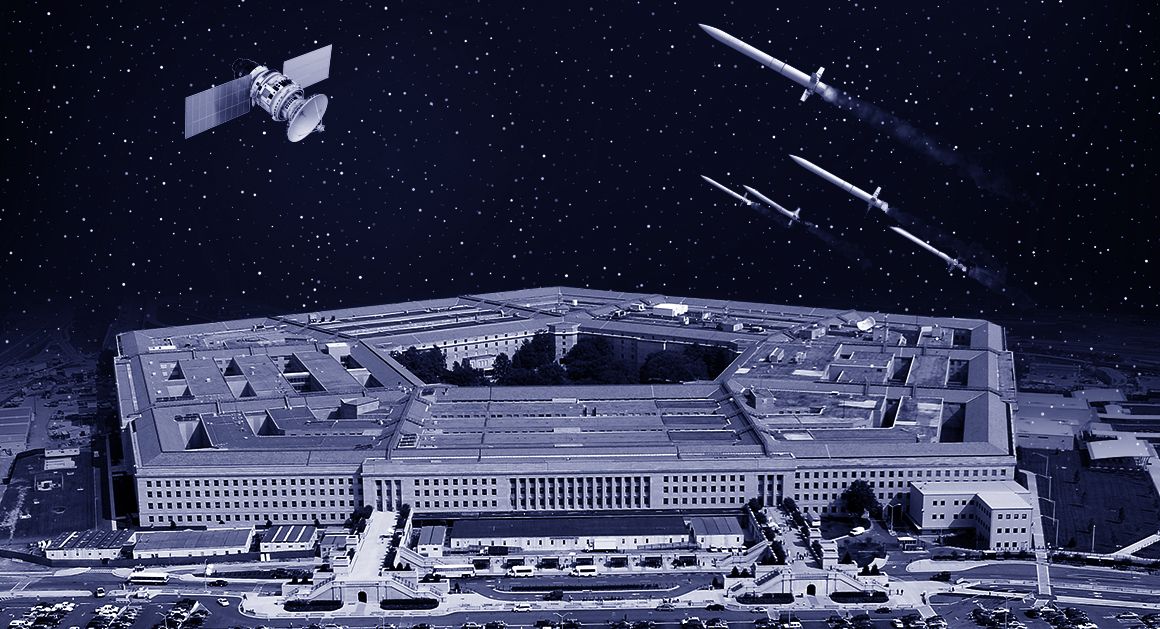

 In a new documentary titled “The Phenomenon,” Former Senate Majority Leader Harry Reid said that UFOs and
In a new documentary titled “The Phenomenon,” Former Senate Majority Leader Harry Reid said that UFOs and





 President Trump has a penchant for grandiose promises that go unfulfilled. So when he announced a
President Trump has a penchant for grandiose promises that go unfulfilled. So when he announced a


















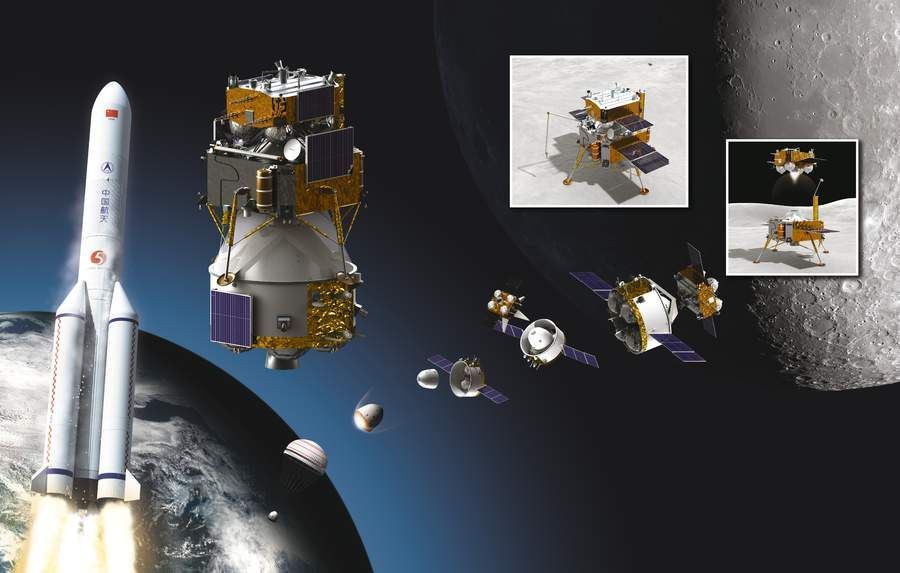

 arrive in lunar orbit around Nov. 28, then send two of its four modules — a lander and an ascent vehicle — to the lunar surface a day or so later. (Chinese officials have been characteristically vague about Chang’e 5’s details, so timeline information has been pieced together from various sources by China space watchers like Space News’ Andrew Jones, who also provides articles for Space.com.)
arrive in lunar orbit around Nov. 28, then send two of its four modules — a lander and an ascent vehicle — to the lunar surface a day or so later. (Chinese officials have been characteristically vague about Chang’e 5’s details, so timeline information has been pieced together from various sources by China space watchers like Space News’ Andrew Jones, who also provides articles for Space.com.)










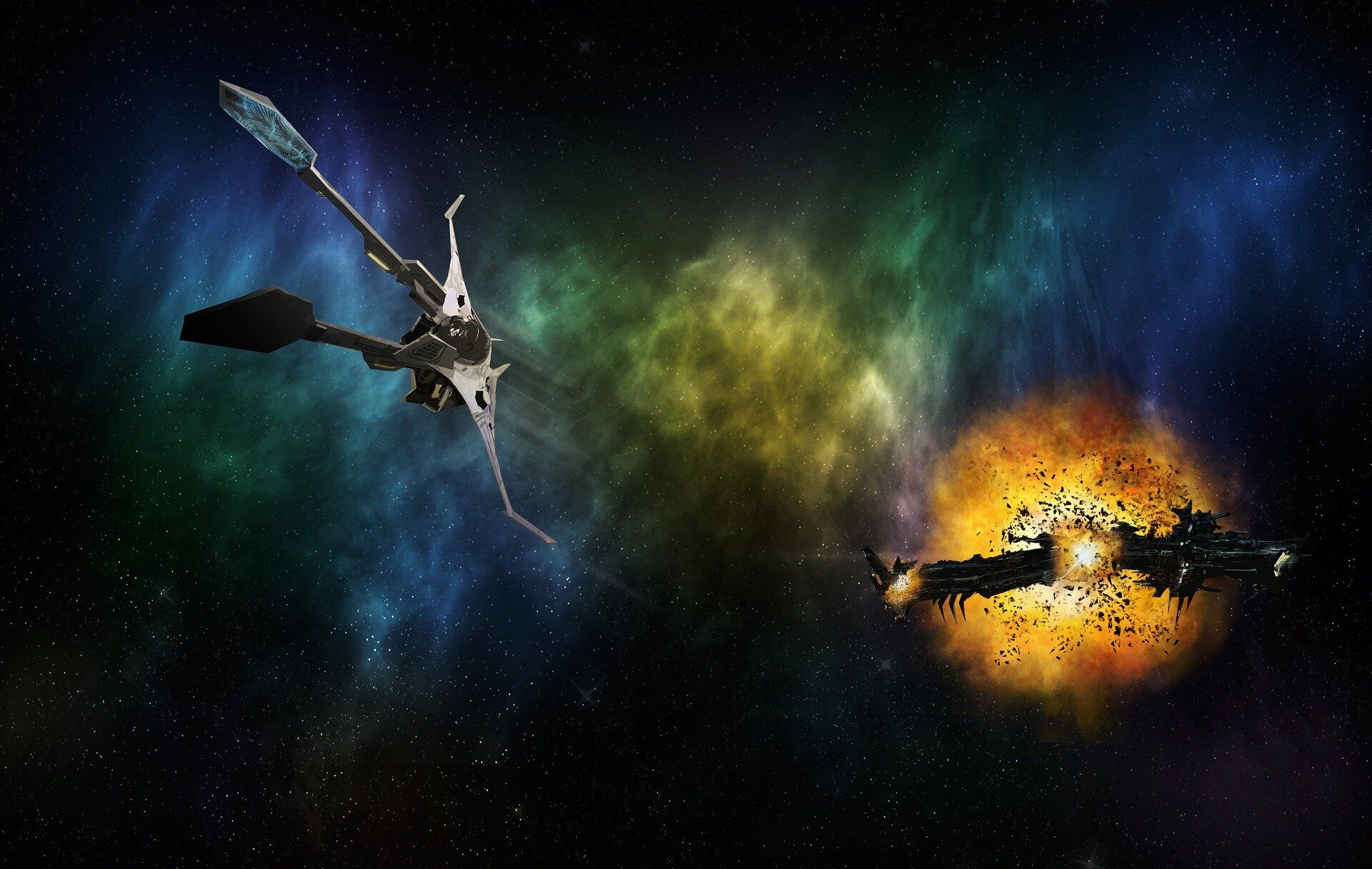

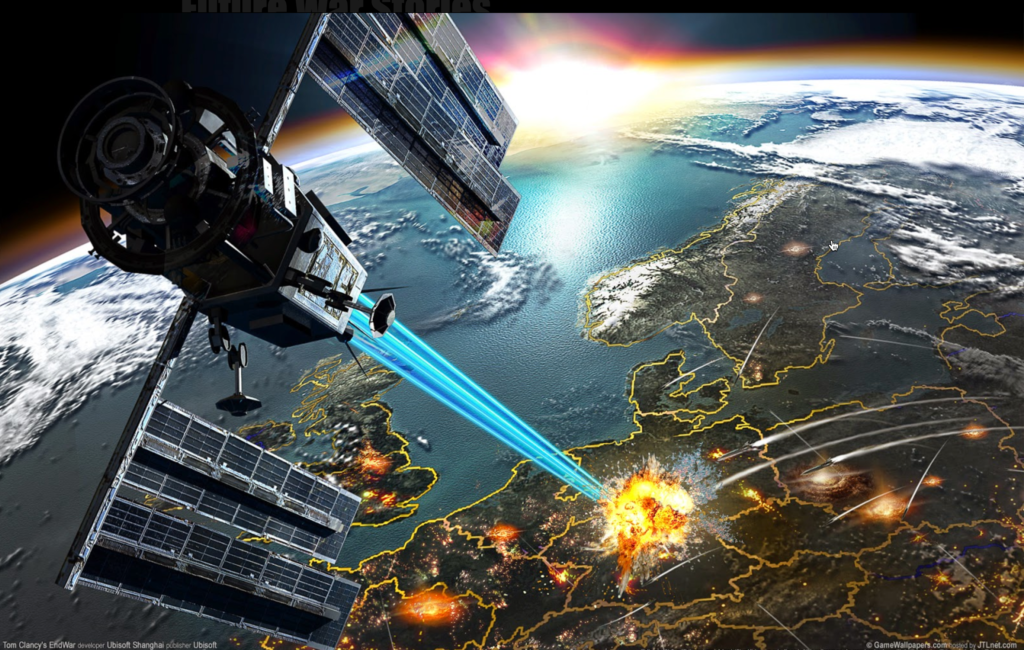

 and three other nations have demonstrated the ability to destroy orbiting satellites — Russia, China, and, most recently, India, with a test in March last year. Officials from the U.S. Air Force and the U.S. Space Force have largely confined themselves to talking about building the resilience and redundancy of U.S. space assets and protecting them from enemy attacks, such as ASATs.
and three other nations have demonstrated the ability to destroy orbiting satellites — Russia, China, and, most recently, India, with a test in March last year. Officials from the U.S. Air Force and the U.S. Space Force have largely confined themselves to talking about building the resilience and redundancy of U.S. space assets and protecting them from enemy attacks, such as ASATs.

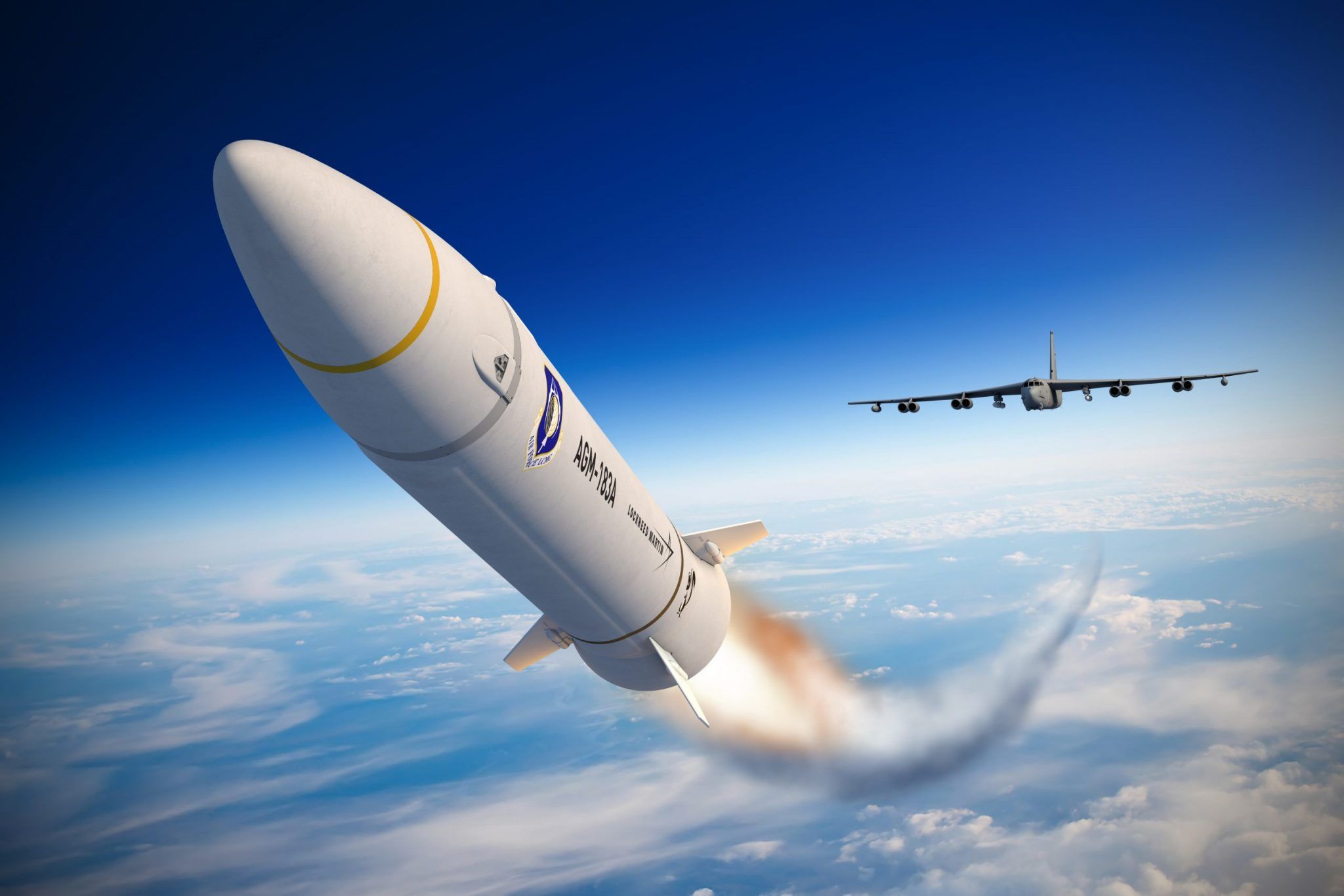


 with wide field of view (WFOV) overhead persistent infrared (OPIR) sensors. Those satellites will form the first layer of a planned surveillance network to track hypersonic missiles.
with wide field of view (WFOV) overhead persistent infrared (OPIR) sensors. Those satellites will form the first layer of a planned surveillance network to track hypersonic missiles.
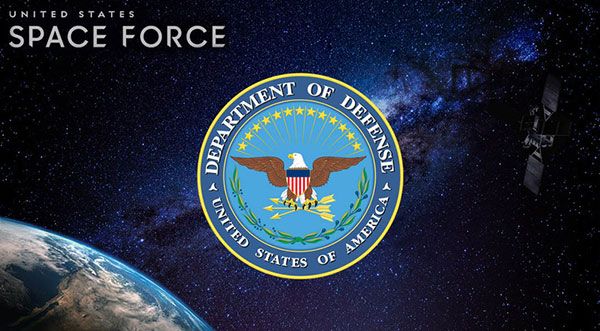
 In June, the Defense Department released its Space Strategy document. That document lays out the department’s four-pillar strategy for work that
In June, the Defense Department released its Space Strategy document. That document lays out the department’s four-pillar strategy for work that


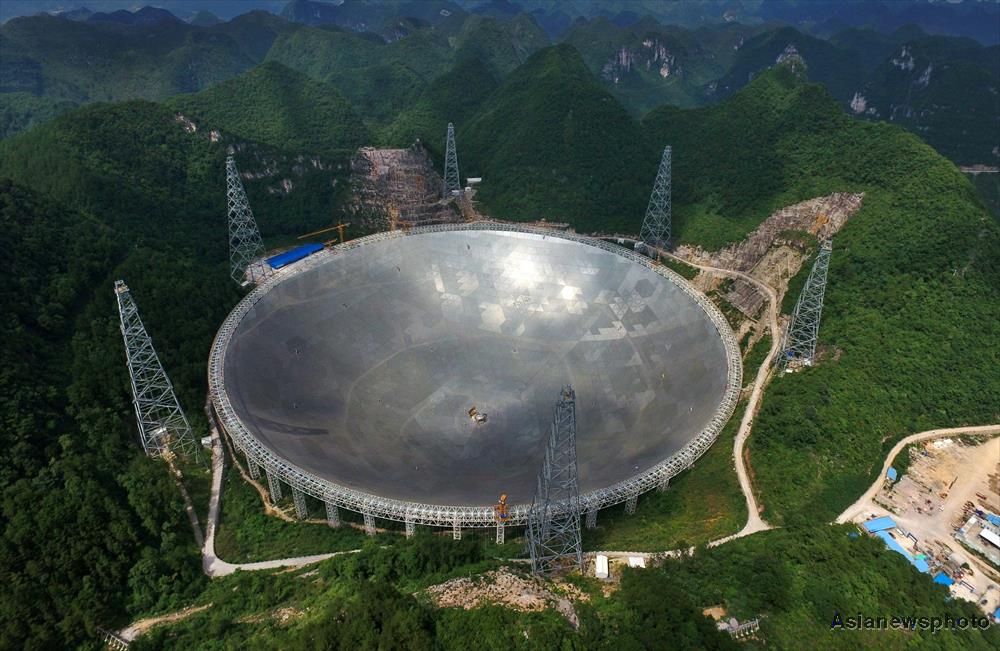

 For the last decade, Beijing and Moscow have both reorganized their militaries — and developed
For the last decade, Beijing and Moscow have both reorganized their militaries — and developed  weapons — to wage a space war against the United States. The situation is now so precarious that America could face a Pearl Harbor in space.
weapons — to wage a space war against the United States. The situation is now so precarious that America could face a Pearl Harbor in space. satellites, which could confuse American military units and weapons in times of war. On Sept. 3, China surprised the world when it launched a reusable spacecraft that, before returning to Earth three days later, released a smaller object that still remains in orbit today. There is concern that this device is an offensive “space stalker” designed to covertly tailgate American satellites and push them from their orbits.
satellites, which could confuse American military units and weapons in times of war. On Sept. 3, China surprised the world when it launched a reusable spacecraft that, before returning to Earth three days later, released a smaller object that still remains in orbit today. There is concern that this device is an offensive “space stalker” designed to covertly tailgate American satellites and push them from their orbits.